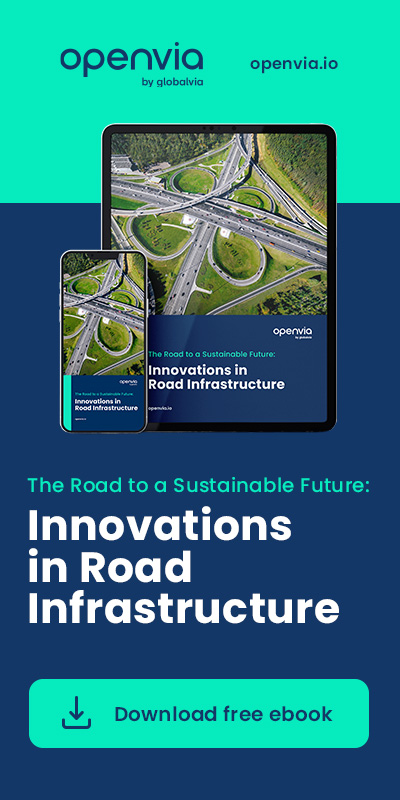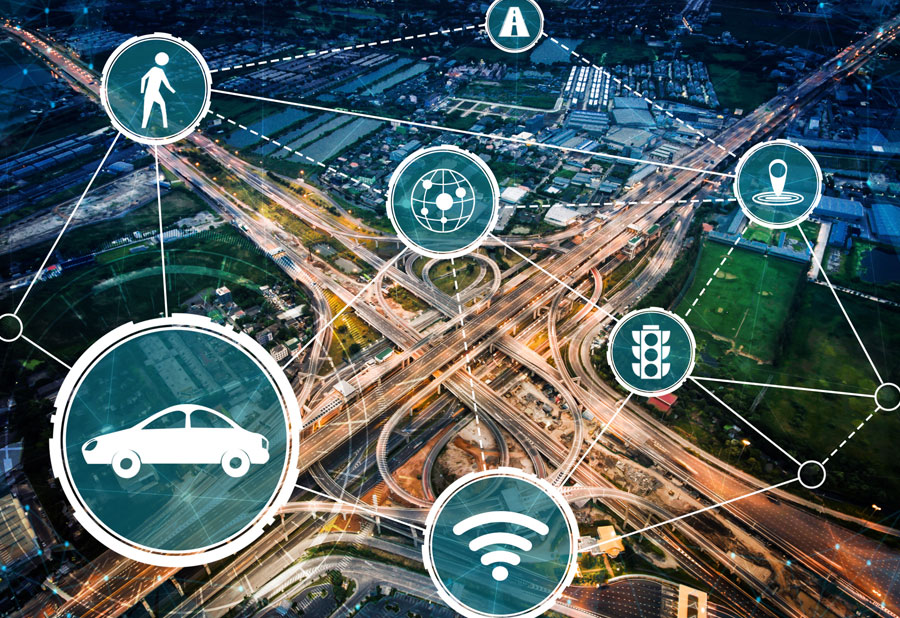1. Introduction
The evolution of road infrastructure management is progressing at an unstoppable pace for both mobility operators and end users.
More and more toll roads have implemented a payment and control system that does not require passing through a barrier system. Openvia has an excellent example in the United States where freeflow is linked to the use of Slora.
The subscription mode is having an impact on traffic flow, reduction of travel times and automation of mobility services.
Through the road control system, each vehicle is detected and the toll is charged to the user’s credit or debit card.
We go into detail on what a toll subscription model is and why it transforms the road travel experience.
2. What is a toll subscription model?
A toll subscription model allows drivers to pay digitally without the need for cash or stopping at booths. Instead, vehicles equipped with a transponder, electronic tag or mobile app, such as Slora, can pass through designated zones without any intervention.
Payment is automatically deducted from a pre-funded account linked to the transponder, providing an optimal and efficient experience for drivers.
The Benefits of a Driver Subscription Model
1. Reduced times: The subscription model eliminates the need for drivers to carry cash or stop at toll booths. This minimizes travel time.
2. Efficiency on the road: With automated payments, drivers can travel without interruptions. Traffic flow is improved and congestion near toll plazas is reduced.
3. Improved rates: Some subscription models offer discounts or reduced rates for frequent users. This translates into savings for the end customer in the long term.
4. Integrated Mobility: Several subscription models offer interoperability, allowing drivers to use a single account or transponder on multiple toll roads, bridges or tunnels.
Advantages of this electronic toll collection system for operators
1. Minimizing losses: Subscription models allow toll operators to collect payments more efficiently. Revenue losses due to unpaid tolls or manual errors are minimized.
2. Traffic Management: Through the implemented technology, toll operators can collect valuable data on traffic patterns. This information allows them to optimize operations and better manage congestion.
3. Reduction of Operating Costs: Reduction of operating costs of toll booths and associated infrastructure.
4. Environmental Benefits: The subscription model reduces time, which reduces emissions as a percentage. Less time on the road, especially in the queue, with engines that do not require stopping and starting is equivalent to lower CO2 emissions.
3. Why is it transforming the road travel experience?
Tolls are a common experience on long trips. Drivers who regularly travel on all state and international highways are familiar with this reality.
It is very common that on journeys of hundreds of kilometers it is necessary to pay tolls. A cost that is assumed for access to faster roads and more efficient routes.
Until now, the number of tolls on a route equaled the number of times that smooth driving was interrupted.
With the implementation of automated dynamic tolling systems, interruptions are eliminated and the journey proceeds without the need to stop.
In traditional toll models, a driver’s payment problem or an incident in the issuing of tickets could generate long delays. The user experience on the road was conditioned by the speed and capacity of the toll system.
However, with subscription tolls, the experience is no longer dependent on human factors and brings the lanes to their peak performance.
Road trips are presented with this technology as a travel option with a reduced carbon footprint, especially with electric and hybrid vehicles. They are highly flexible, each user chooses their schedules and breaks and will be able to travel on all highways in minimum times.
4. Conclusion
The advantages of implementing subscription models for tolls for end users and operators are obvious. The direct benefits for traffic authorities are also clear:
- Reduction of congestion with risk of accidents.
- Improved traffic flow.
- Improved access in the event of a security and sanitation equipment incident.
- Reduction of incidents related to non-payments.
Promoting the implementation of this type of tolling by traffic authorities is crucial to accelerate the transition to digital and automated models. A transversal improvement that is based on existing and available technology and whose impact reaches social and environmental welfare levels.






